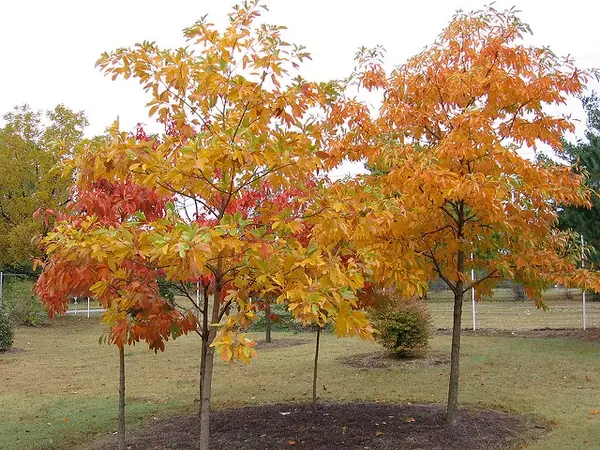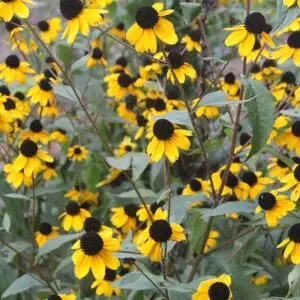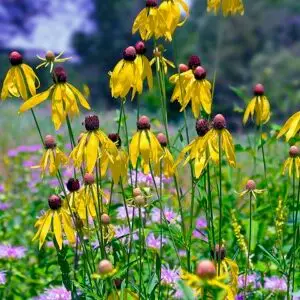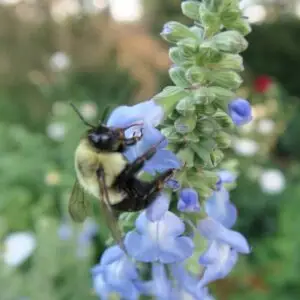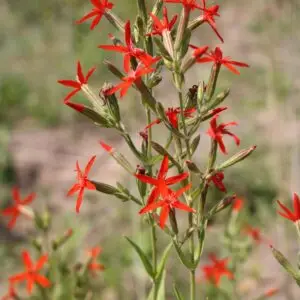| Size | Trade Gallons, Two Gallons, Three Gallons |
|---|
Sassifras albidum – Common Sassafras(B&B..BW.DR.DRGHT.FC.H.M.MTH.NB.OP)
$25.00
Ecosystem Services:
(B)-Birds (B&B)-Birds & Butterflies
(BTF)-Butterflies (BW)-Black Walnut Resistant
(DR)-Deer Resistant (DRGHT)-Drought Resistant
(EC)-Erosion Control (EVR)-Evergreen
(FC)-Fall Color (FRG)-Fragrant
(GRD)-Groundcover (H)-Host plant
(HMR)-Hummingbirds (M)-Mammals
(MTH)-Moths (N)-Nectar
(NB)-Native Bees (NST)-Nesting Material
(OP)-Other pollinators (RR)-Rabbit Resistant
(SHWY)-Showy (SPC)-Specimen Plant
Common sassafras is an aromatic deciduous flowering tree. In early to mid-spring, small, bright yellow-green flower clusters are borne in 2-inch stalks on separate male and female trees. Female trees produce a blue, fleshy drupe that is borne in a red cup attached to a red stalk. In the fall, the leaves turn a beautiful yellow to orange to red.
This tree prefers well-drained sandy, acidic soils but will adapt to other soils if well-drained. It will grow in sun to partial shade and is drought tolerant once established. A large taproot makes the transplanting of established trees difficult. It tends to want to sucker repeatedly and will spread to form thickets. If a single-trunk tree is desired, these suckers will need to be removed. Sassafras can be pruned and kept at shrub size by cutting them to the ground every 2-3 years. This tree also needs to be protected from extreme winter weather.
Host plant for Imperial Moth, Spicebush Swallowtail.

